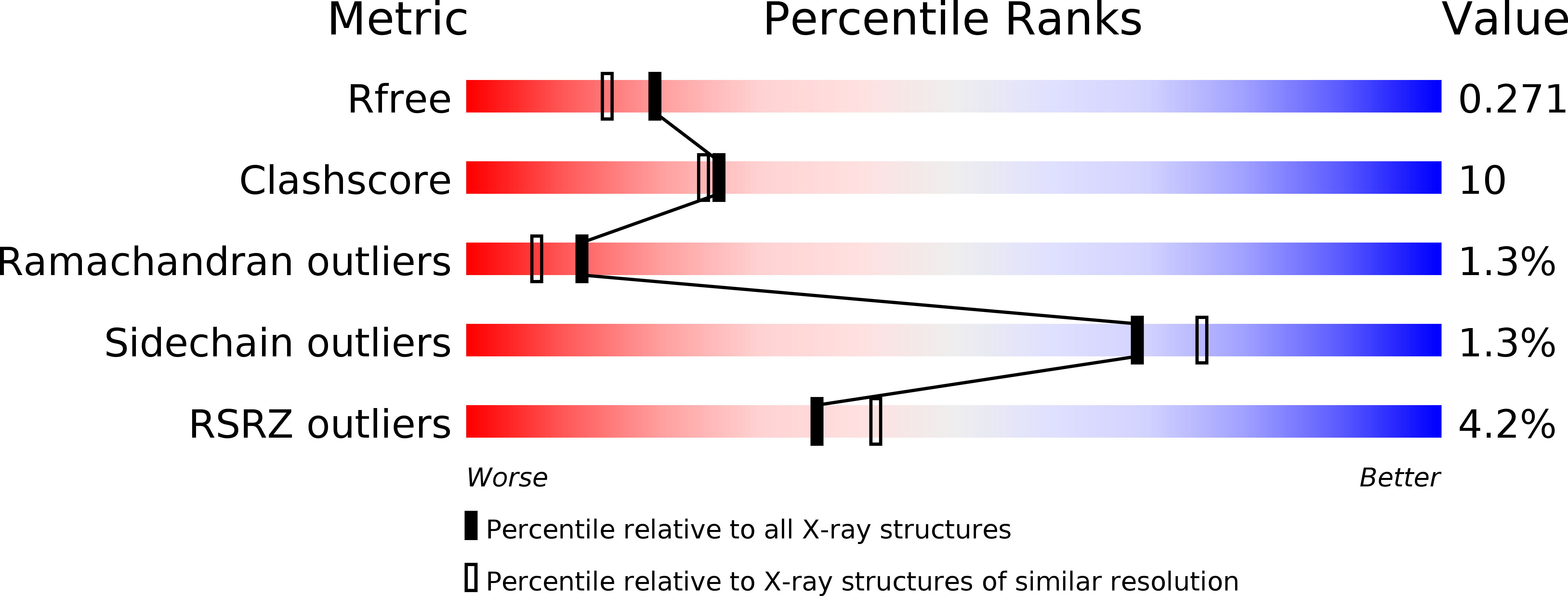
Deposition Date
2008-12-11
Release Date
2009-06-23
Last Version Date
2024-11-27
Entry Detail
PDB ID:
3FIE
Keywords:
Title:
Crystal structure of Clostridium botulinum neurotoxin serotype F catalytic domain with an inhibitor (inh1)
Biological Source:
Source Organism:
Clostridium botulinum (Taxon ID: 1491)
Host Organism:
Method Details:
Experimental Method:
Resolution:
2.10 Å
R-Value Free:
0.27
R-Value Work:
0.22
R-Value Observed:
0.22
Space Group:
P 1


